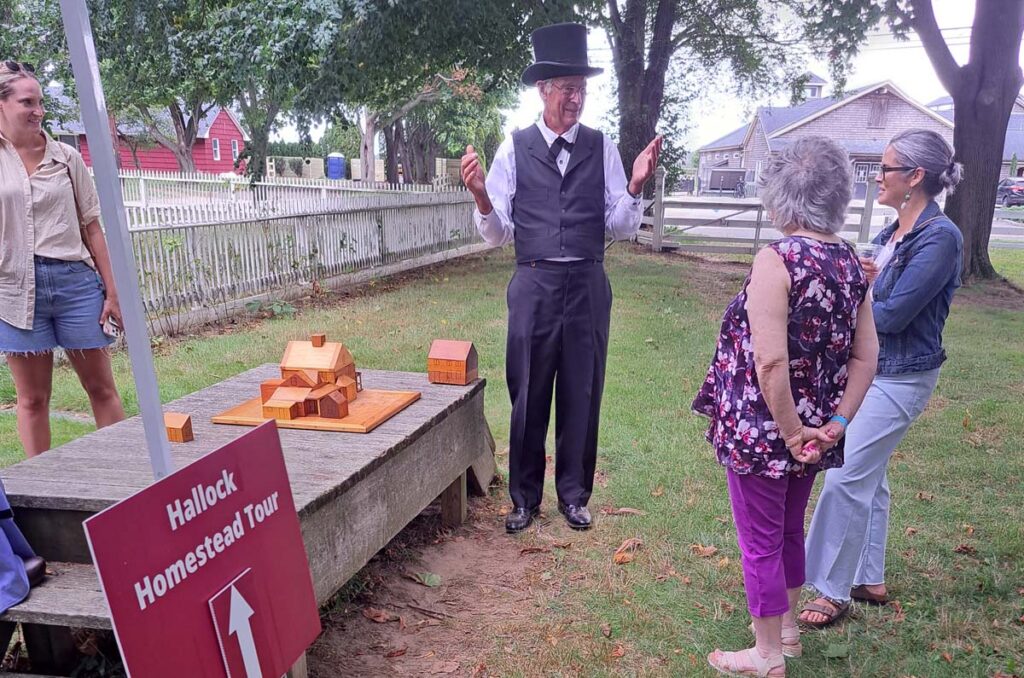Navy begins testing on Calverton plume

BARBARAELLEN KOCH PHOTO
The U.S. Navy – after intense pressure from federal leaders and community members – has begun testing groundwater south of the former Northrop Grumman weapons plant for contaminants. The results will help the Navy develop a plan for cleaning a wide-ranging plume of pollution in the area.
As expected, the Navy has begun testing two methods for treating contaminated groundwater from the former Northrop Grumman property in Calverton.
Based on the test results, the Navy will present a comprehensive plan, called a Corrective Measures Study, in February that will include long-term cleanup options for the polluted groundwater plume. After a 30-day public comment period, the study will be amended, if necessary. Once it is approved by the state, an actual cleanup could begin.
The first treatment method, called a pump test, mimics a groundwater pump-and-treat system on a smaller scale. Testing of that method began July 12.
The other cleanup option, called a biodegradation system, involves injecting the groundwater with corn-based organic materials that help degrade the polluting chemicals. A test of that approach began July 19.
Lora Fly, the Navy’s remedial project manager, said pump test data had already been collected, although the Navy will continue to collect information from the second test until December. She said that it “is not going to be an instantaneous result.”
Both methods could ultimately be used in cleanup efforts at the site.
The treatment systems will target high concentrations of volatile organic compounds, or VOCs, that are flowing from the former Navy property toward the Peconic River.
VOC concentrations as high as 1,090 micrograms per liter have been found in the area. State drinking water standards are five micrograms per liter.
The chemicals, used for decades to clear grease from jet engines when Grumman operated an assembly plant and flight test facility at the site, could have harmful effects on humans and wildlife. They have been found in the river. Grumman ceased operations in 1994 after about 40 years there.
The Navy previously contended that the chemicals were disappearing naturally as they flowed south toward the river, a theory that community members and elected officials rejected.








